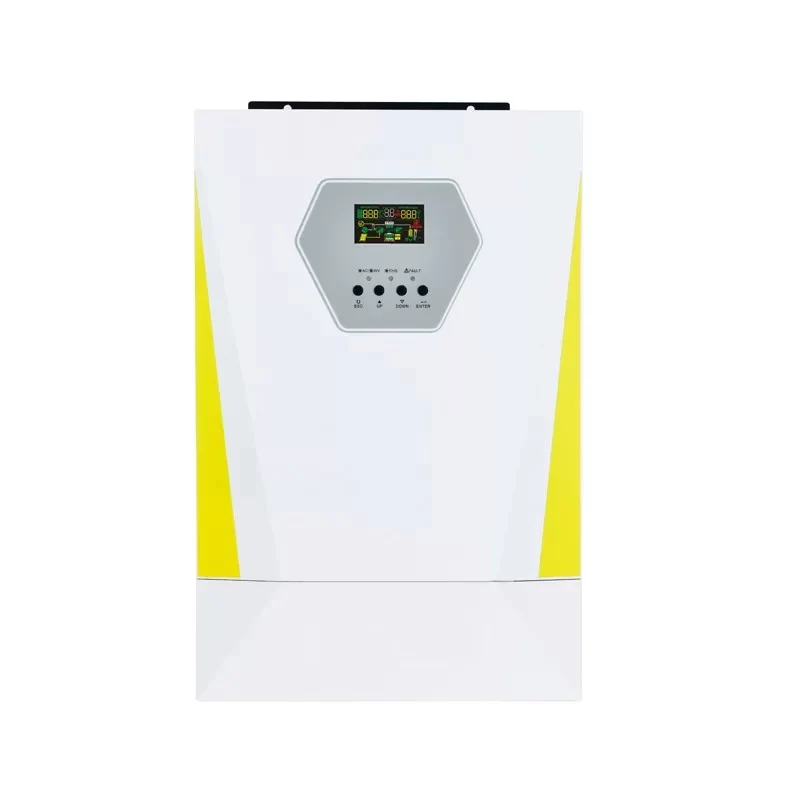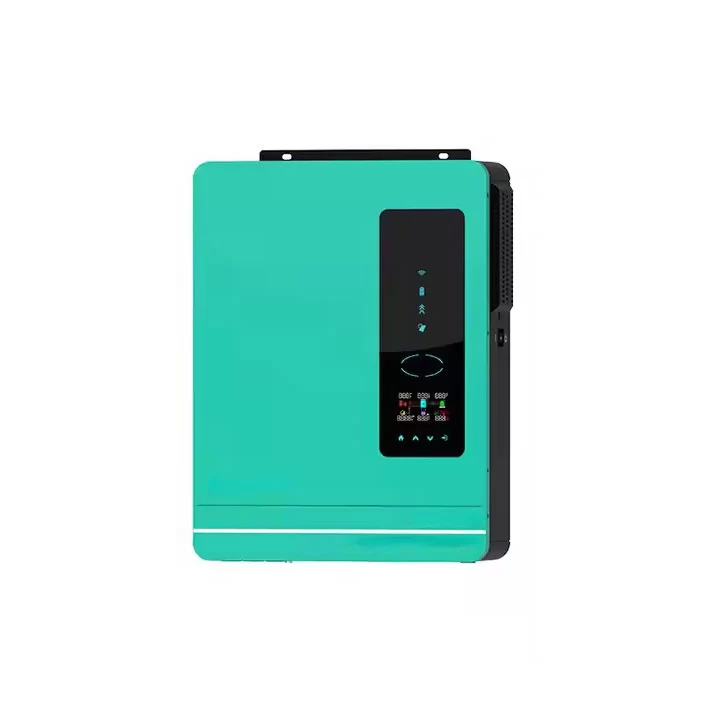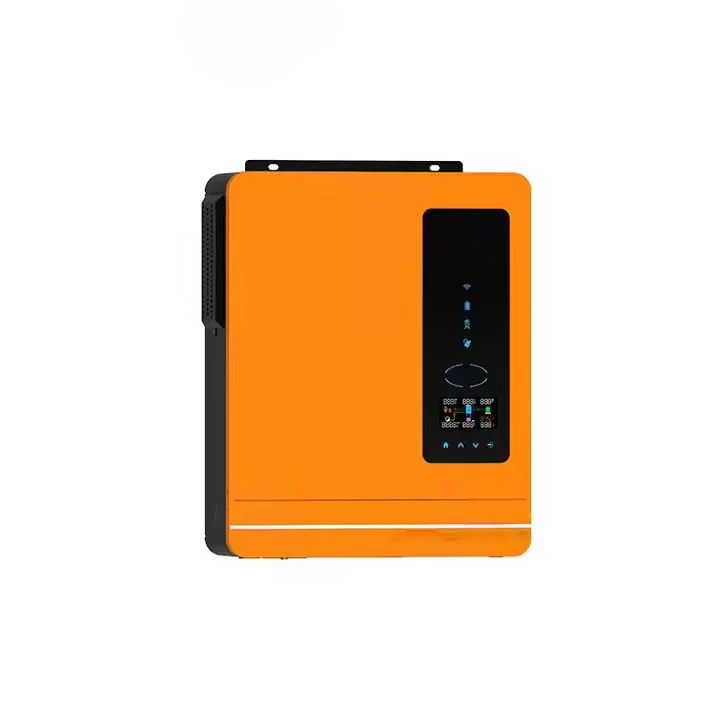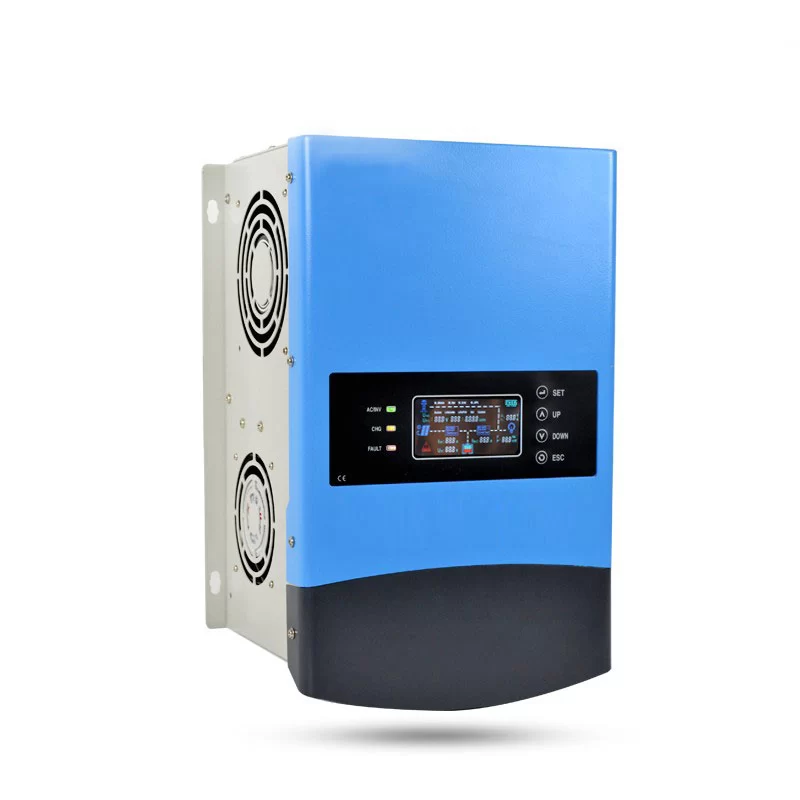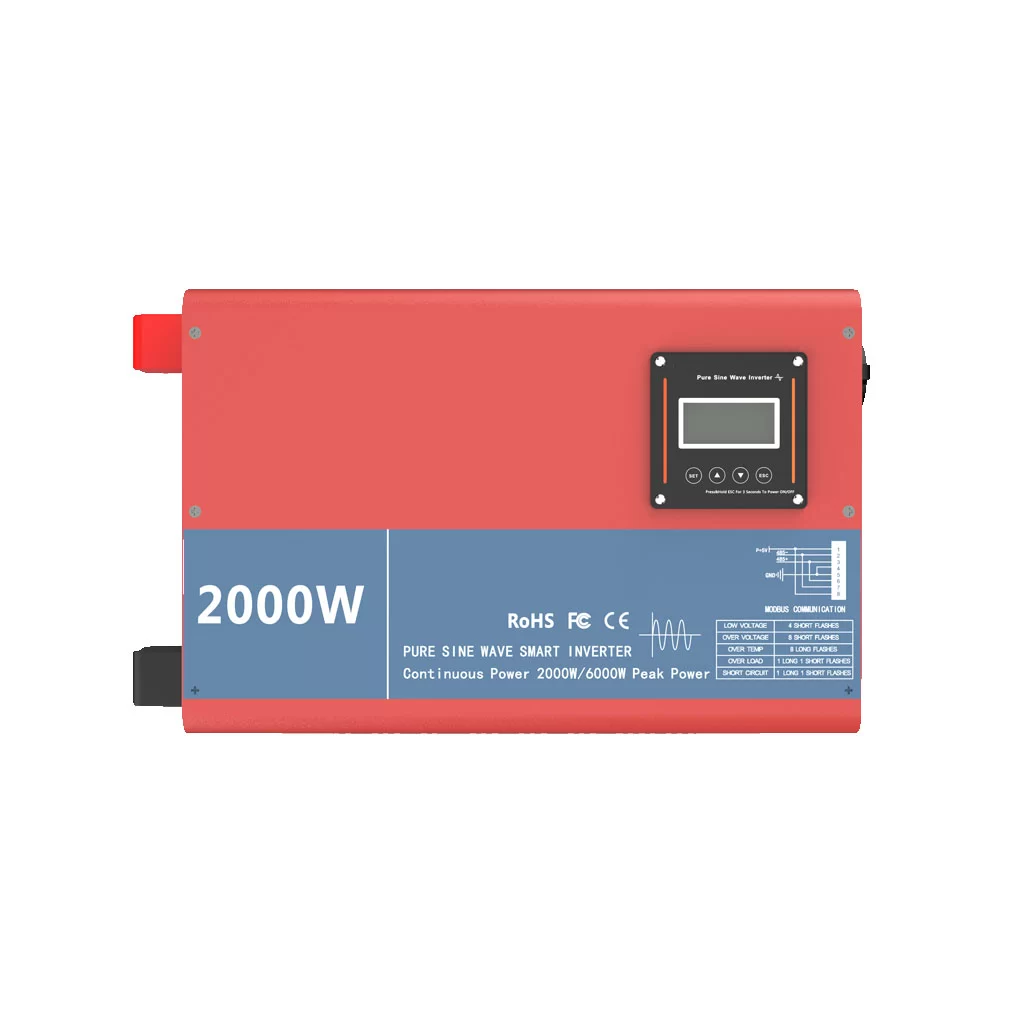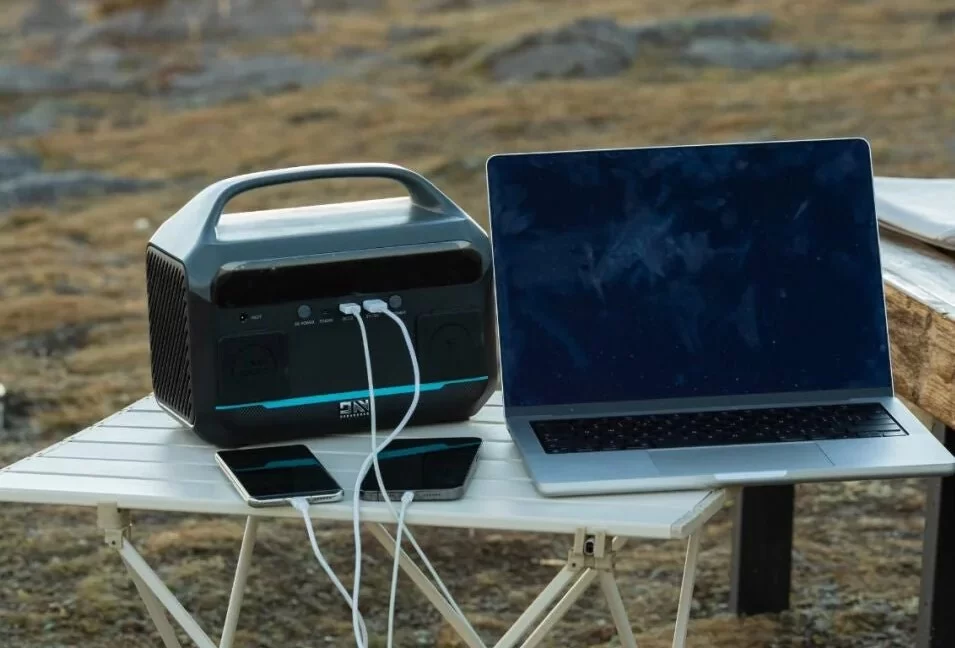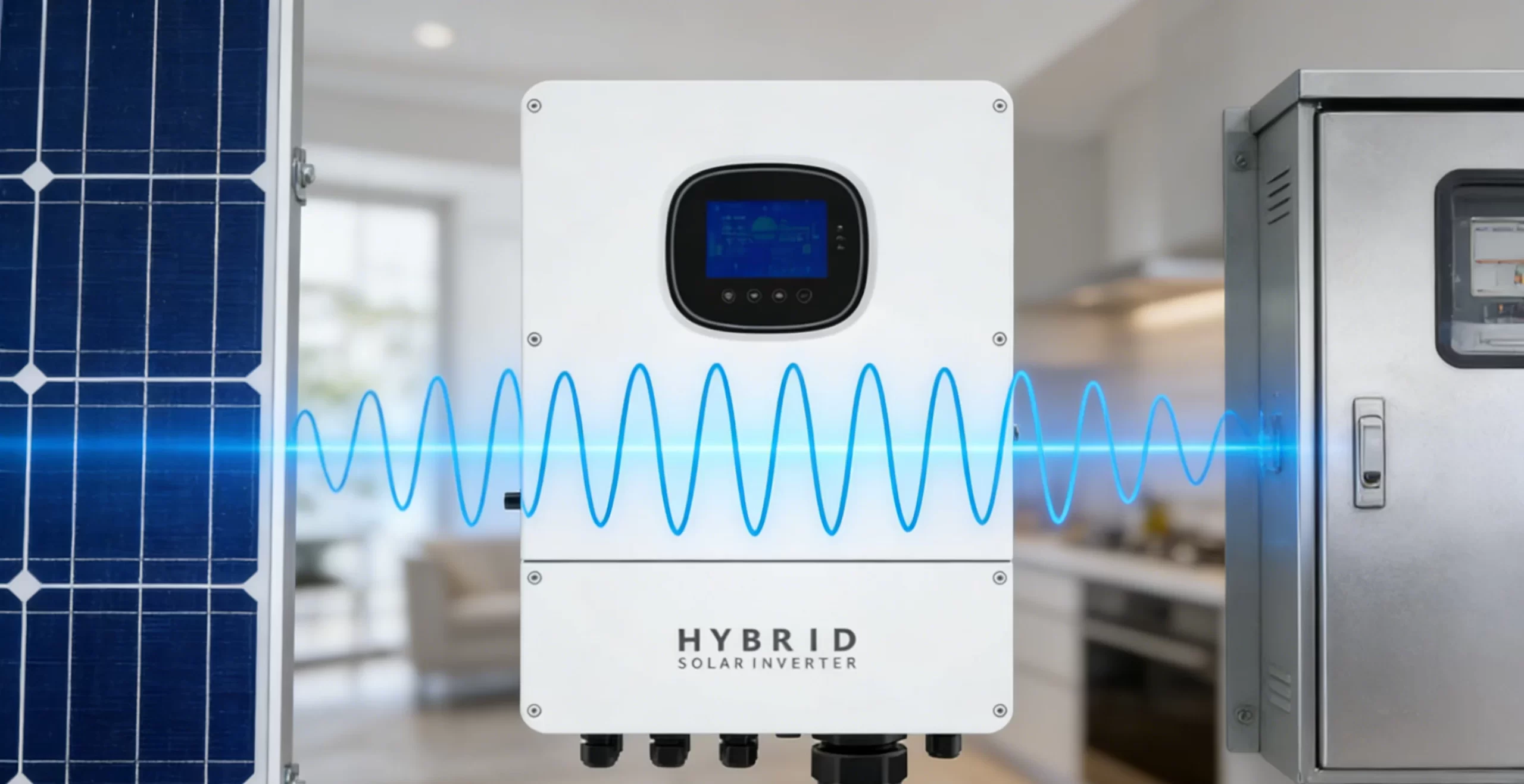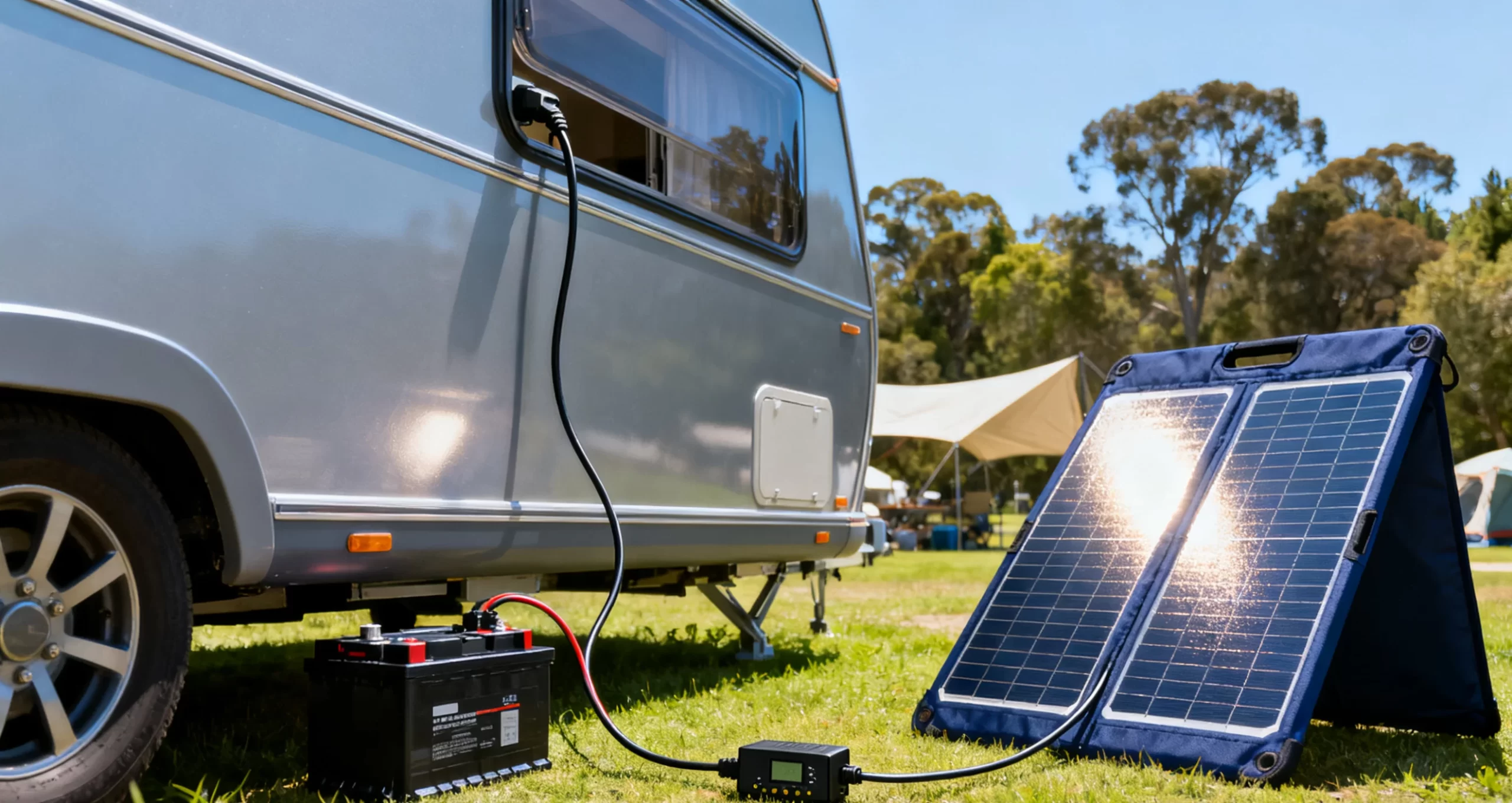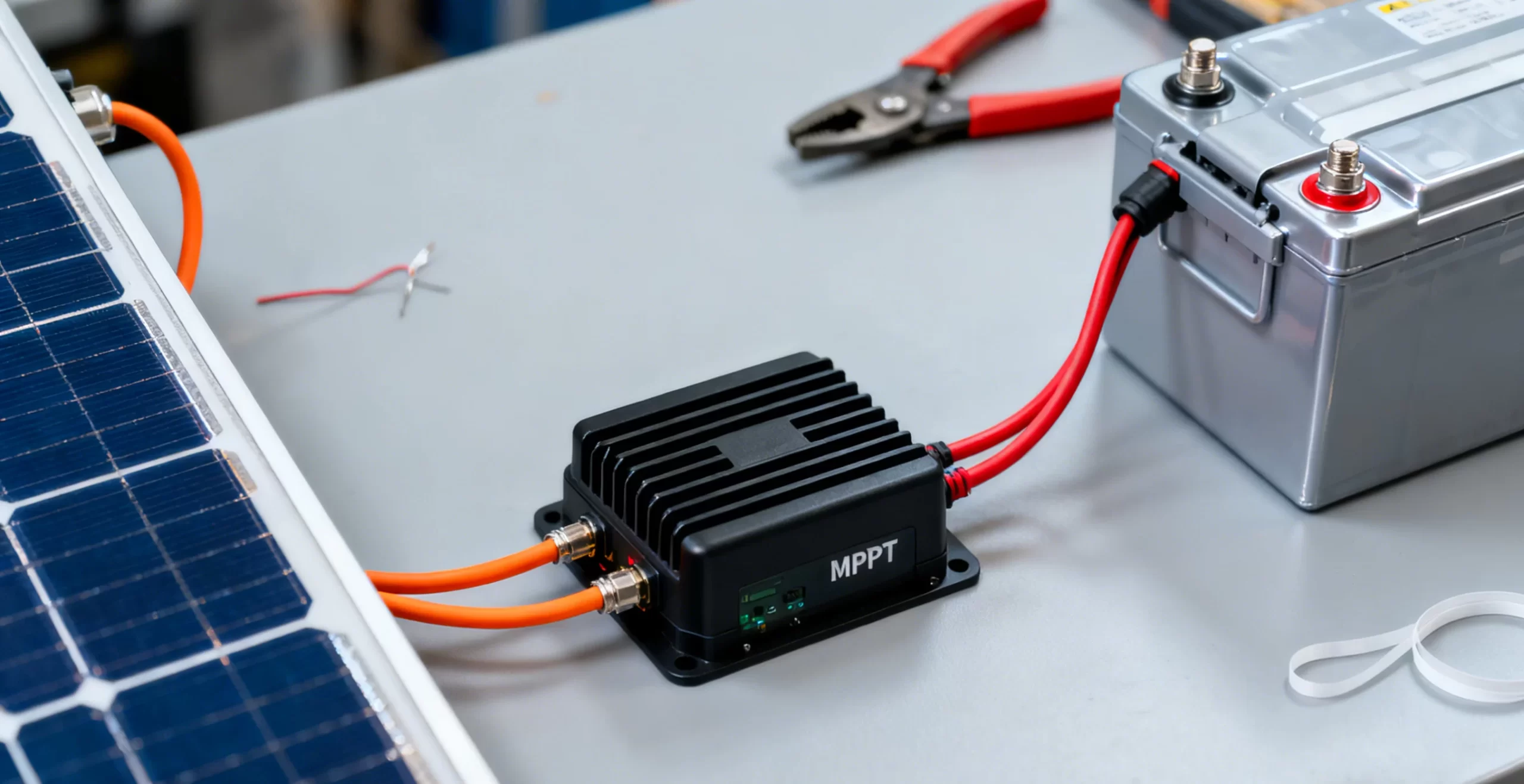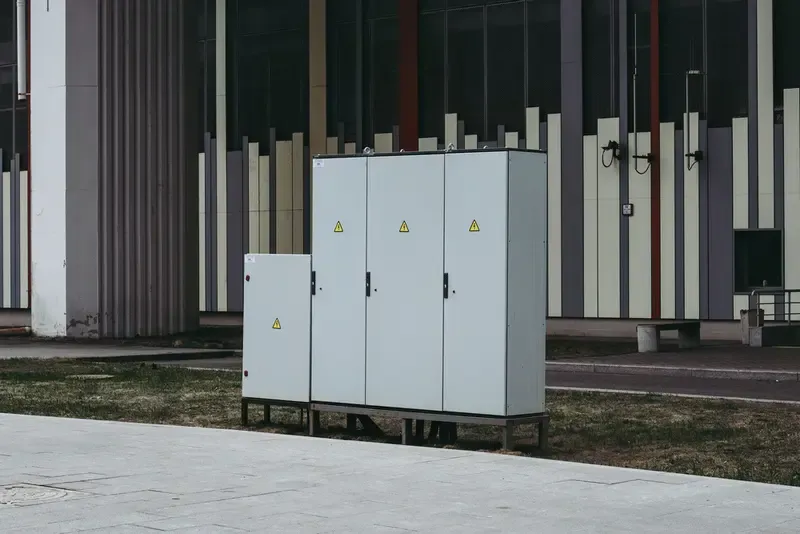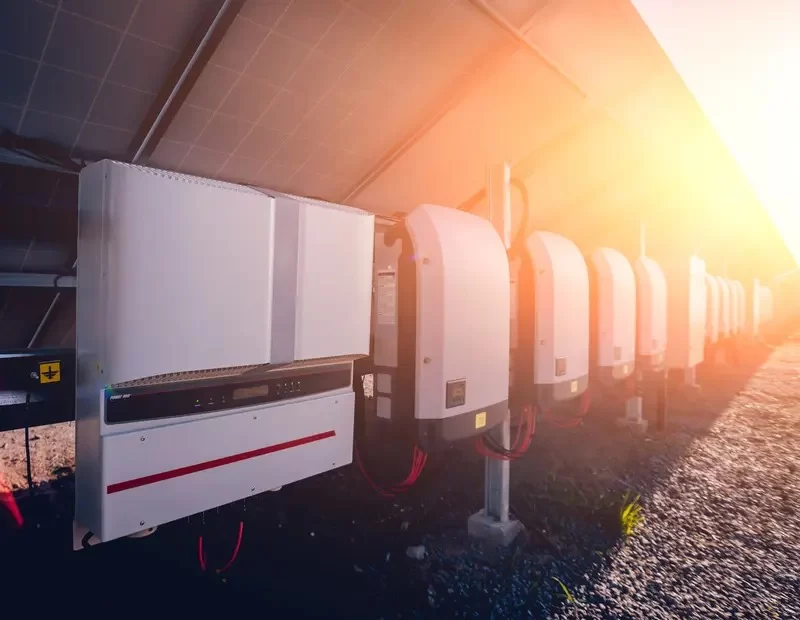What is a Portable Power Station?
A portable power station is a compact, rechargeable device designed to provide electricity for outdoor activities. It typically includes multiple outlets for charging phones, laptops, and other electronic devices. Powered by lithium-ion batteries, these stations can be recharged via solar panels, car outlets, or standard wall plugs.
Benefits of Portable Power Stations for Camping
Convenience and Mobility: Portable power stations are lightweight and easy to transport. They eliminate the need for bulky generators, making them perfect for camping trips.
Quiet Operation: Unlike traditional generators, portable power stations operate quietly. This ensures a peaceful camping environment without the noise pollution.
Eco-Friendly: Many portable power stations can be recharged using solar panels, promoting sustainable energy use and reducing the reliance on fossil fuels.
Versatility: These stations come with various outlets, including USB ports, AC outlets, and DC outlets. They can power a wide range of devices, from smartphones to mini-fridges.
How to Choose the Right Portable Power Station for Camping
Capacity and Output: Determine your power needs by listing all the devices you plan to use. Choose a station with sufficient capacity (measured in watt-hours) and output power (measured in watts) to meet your requirements. For instance, if you plan to power lights, a small fan, and charge your phone, a station with 200-500Wh might suffice.
Recharge Options: Look for a power station that offers multiple recharge options. Solar compatibility is crucial for extended camping trips without access to electrical outlets. Ensure that the station can be charged using solar panels, car chargers, and wall outlets for maximum flexibility.
Portability: Consider the weight and size of the power station. Ensure it is easy to carry and fits well with your camping gear. Compact and lightweight models are ideal for camping where space and weight are critical.
Durability: Opt for a power station with a robust build to withstand outdoor conditions. Water resistance and dust protection are valuable features for camping use. Check the IP rating for these features, ensuring the station can handle the elements.
Battery Type: Most modern portable power stations use lithium-ion batteries due to their efficiency, longevity, and safety. Ensure the battery type aligns with your needs, offering a good balance of capacity and weight.
Number and Type of Outlets: Verify that the power station has enough outlets to meet your needs. Look for a mix of AC outlets, USB ports, and DC carports. Some stations also offer wireless charging pads, which can be handy for compatible devices.
Extra Features: Some power stations come with additional features like built-in LED lights, which can be useful for camping. Others may offer app connectivity for monitoring and control. Consider these features based on your specific needs.
Using Portable Power Stations Effectively
Plan Your Power Usage: Prioritize essential devices to ensure you don’t deplete your power station too quickly. Plan your usage to maximize the efficiency of your power station.
Recharge Regularly: If you have solar panels, set them up early to maximize sunlight exposure. If possible, recharge your station whenever you have access to a power source.
Store Properly: Keep your power station in a cool, dry place when not in use. Avoid exposing it to extreme temperatures, which can affect battery life and performance.
Conclusion
Portable power stations are an excellent choice for camping, providing convenience, sustainability, and versatility. By choosing the right model, you can enhance your outdoor experience and stay connected with the world. For more information on portable power stations and other energy storage solutions, visit our
Outdoor Portable Power Stations.

